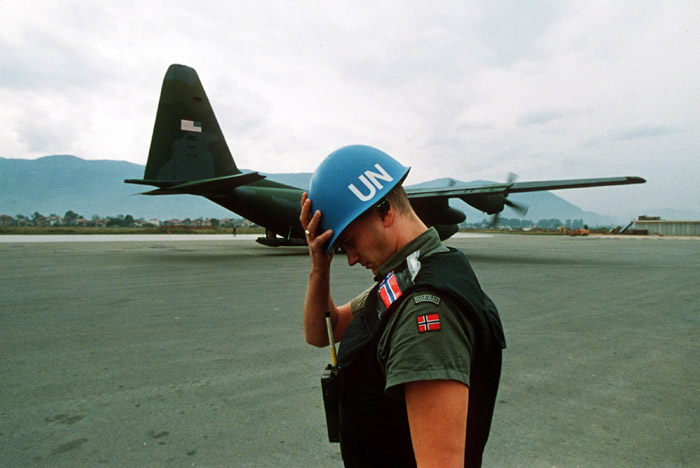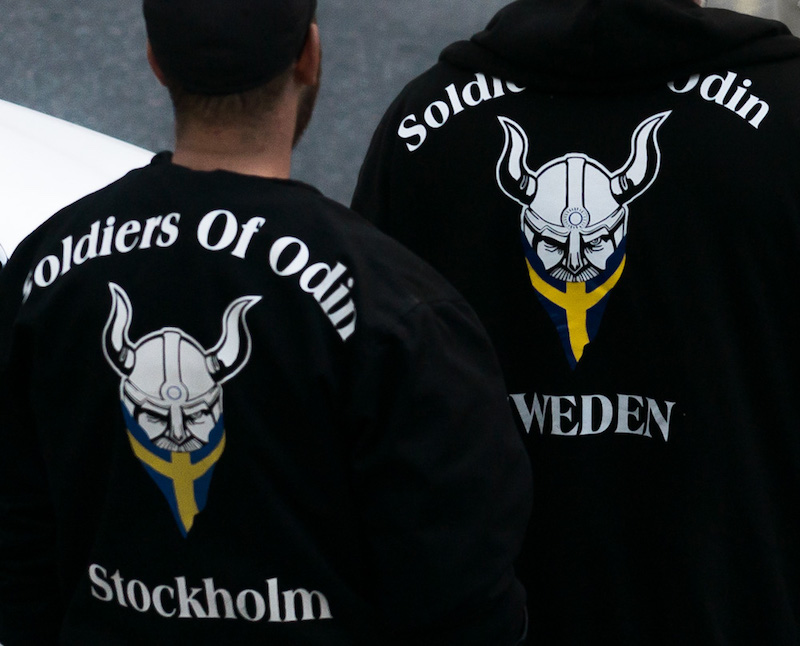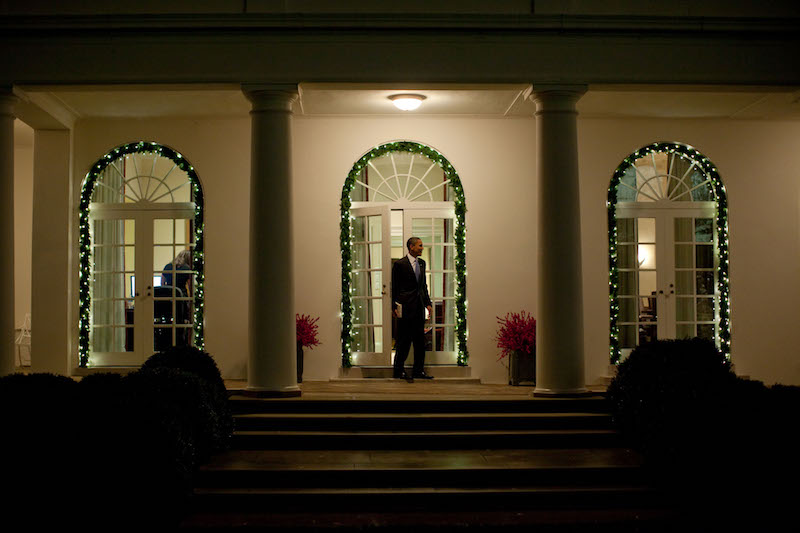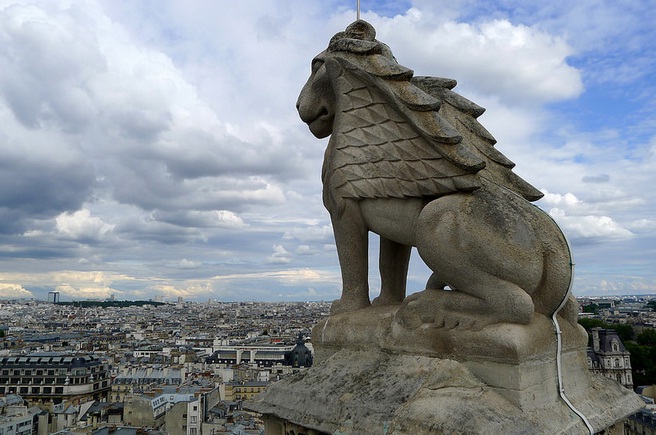On August 27, Foreign Affairs Minister Stéphane Dion announced that Canada will boost its financial and military contributions to United Nation (UN) peacekeeping. In last year’s federal election, Prime Minister Trudeau pledged to “renew Canada’s commitment to peacekeeping operations” after a decade of declining participation. Ten months after entering into office, the new government has formally delivered on its campaign promise with a tangible commitment to the UN activity.
The new peacekeeping policy is composed of two key features. First, a Peace and Stabilization Operations Program will be created. With a budget of $450-million over three years, the fund will support Canadian peace and security efforts abroad. Secondly, in conjunction with the UN, up to 600 members of the Armed Force and 150 police officers will be deployed to active peacekeeping operations to act as ground troops, provide police training and offer engineering and medical expertise.
The additional personnel will increase the number of Canadian troops deployed to UN peacekeeping missions from just over 19 troops at the end of July, to a figure resembling Canada’s UN contribution in the 1990s and early 2000s. With this commitment, Canada, which currently ranks 67th on the list of contributing nations, will move up to 36th and become the third-largest contributor of peacekeeping personnel among Western nations.
But is this commitment worthwhile?
Critics of the peacekeeping program argue that the government is contributing to an instrument that is redundant in the 21st century. As Mark Collins of the Globe and Mail noted, peacekeeping, at least in the traditional sense, is over.
The content of the official press release is indicative of the evolving nature of ‘peacekeeping’. In the announcement, the word ‘peacekeeping’ is mentioned only twice, and that when referencing an existing RCMP program with that word in its name. Instead, the operative words seem to be ‘peace operations’ and ‘peacebuilding’ to describe Canada’s venture.
Certainly, the notion of lightly-armed peacekeepers supervising a ceasefire between two states no longer has a place in international mediation. The conflicts of the 21st century are increasingly violent and often interstate, and therefore call for more aggressive forms of mediation that transcend the principles of traditional peacekeeping. Modern conflict interventions requires an amalgamation of political, humanitarian and military expertise that were not part of peacekeeping.
In spite of this, peacekeepers are still being asked to operate in unstable circumstances, often when a conflict is still active and escalating. The devastating consequences of Rwanda and Somalia and the recent events in South Sudan have exposed the danger of deploying peacekeepers to these hostile situations. Collective security arrangements, such as NATO, have proven to be more capable of handling these conflicts. So why then is the government investing in peacekeeping?
As a founder and crusader of traditional peacekeeping, Ottawa hopes its return to the activity will signal to the international community that, Canada is in fact ‘back.’
The peacekeeping commitment is part of a foreign policy shift by the new Canadian government designed to re-energize its engagement with the UN. This government considers that peacekeeping has been a foundational element of Canada’s national identity and middle power status in the 20th century. By restoring Canada’s role as a major peacekeeping contributor, Ottawa hopes to recapture some of the influence that it believes has faltered in recent years. It hopes that its re-engagement will lead to a larger role in international mediation, conflict resolution and a temporary seat on the UN Security Council.
To his credit, Defense Minister Harjit Sajjan seems to be aware of the new realities of peacekeeping. In an interview with The Canadian Press, the Defense Minister said that he is committed to establishing more ‘robust’ mandates and rules of engagement for the safety of both peacekeepers and civilians. To avoid the defects of past operations, proactive action and protecting civilians ‘by force if needed’ will be central to Canada’s peacekeeping mandate.
Photo: Norwegian UN Peacekeeper (1992), by Mikhail Evstafiev/via wikimedia. Licensed under CC BY-SA 3.0.
Disclaimer: Any views or opinions expressed in articles are solely those of the authors and do not necessarily represent the views of the NATO Association of Canada.




